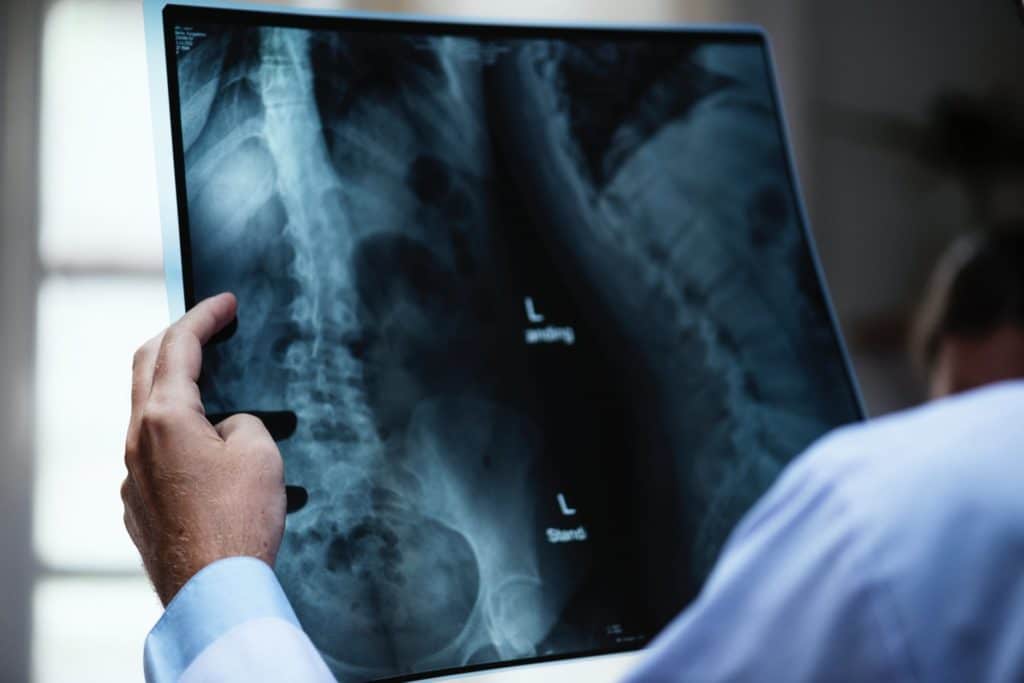
HERNIATED DISCS AND BULGING DISCS
Are you experiencing pain that radiates from your back to your feet or hands?
Is numbness or tingling in your legs and hands happening on a regular basis?
Do these pains only affect one side of your body?
If any of these questions resonate with you then you may have a herniated disc or bulging disc. Cushion-like discs, which are composed of a tough outer layer and soft inner layer of cartilage, protect our spinal vertebrae. The discs fit perfectly between the spaces in the vertebrae. A herniated means that the exterior layer of the disc is cracked and has caused the interior cartilage to protrude from the disc. Herniated discs are also known as ruptured or slipped discs.
Similarly to herniated discs, bulging discs move out of their intended area. The bulging is caused by the exterior cartilage and has more affect on the entire disc. Bulging is a typical bodily reaction to aging and are a common condition. Unlike herniated discs, bugling discs rarely cause much pain.
When a herniated or bulging disc occurs, the disc’s nucleus releases a chemical. This chemical can cause nerve irritation and swelling, which is the primary reason that herniated or bulging discs can be painful. Other reasons for pain include nerve root or spinal cord pressure, as well as broken pieces of the disc’s exterior floating in the spinal canal.
Herniated and/or Bulging Disc Symptoms
There are a number of typical symptoms for herniated and bulging discs, such as pain, “pins and needles”, muscle spasms, numbness, weakness and deep muscle aches. The severity of the symptoms depends on the positioning of the herniated/bulging disc. A herniated disc in the neck is typically felt in the shoulders, chest and arms, whilst one in the lower back can be felt in the ankle, foot, leg and buttock.
Herniated and/or Bulging Disc Causes
The primary causes of herniated or bulging discs include spinal injury, disc degeneration/disease and aging. Aging is a common cause of disc degeneration and disease, since the disc’s exterior becomes more susceptible to tears and cracks. Most cases of herniated discs are found in people over the age of 35. Individuals with careers that require long periods of driving or intense manual labor are more prone to developing spinal injury, which can lead to herniated or bulging discs.
Herniated and/or Bulging Disc Treatment
Herniated or bulging discs are treated in order to reduce symptoms and likelihood of reoccurrence. There are various forms of treatments available, such as physical therapy, spinal decompression, medication, chiropractic, lifestyle adjustments, injections and surgery. Spinal decompression is one of the best non-invasive and safe treatments for herniated or bulging discs. Physical therapy treatments are also designed to educate patients on various exercises they can perform in order to reduce pain and alleviate the symptoms. Chiropractic treatment is also ideal for alleviating back pain and other symptoms through spinal manipulation, therapeutic exercises and manual therapy.


